Cape Canaveral – NASA is setting up everything to take humans into Mars by 2030. The space administration started the Minimum System Test to figure out if the parachutes included in its Orion Spacecraft could bring humankind back to earth safely. The space machine plummeted nearly 35,000 feet carried by a C-17 military transport aircraft and landed over a desert in Arizona.
The Orion Multi-Purpose Crew Vehicle is a spacecraft intended to carry a team of up to four astronauts to destinations at or beyond low Earth orbit. On Wednesday the space machine stepped forward these objectives after a drop test.
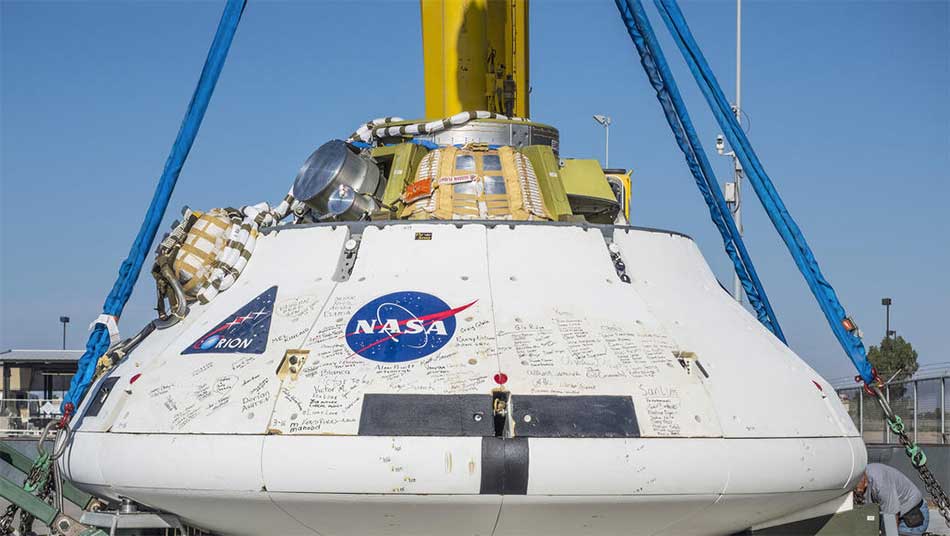
Why the test?
For the test NASA used a replica of the Orion Spacecraft and their engineers configured the system with eleven parachutes in all the spacecraft. Two of the final five to be deployed were meant to failed during its final 8000 feet of descent to see if it could land safely even when shorthanded. The test was a complete success since the mock capsule landed gently. However, portions of the foam meant to protect the module fell off in clumps, but that doesn’t mean the test was a failure, better yet it didn’t crash down.
Nasa had to test it in real life since “Orion’s parachute performance is difficult to model with computers, so putting them to the test in the air helps us better evaluate and predict how the system works.”, said C.J Johnson, the project manager for Orion’s parachute system. He also added “We test Orion’s parachutes to the extremes to ensure we have a safe system for bringing crews back to Earth on future flights, even if something goes wrong.
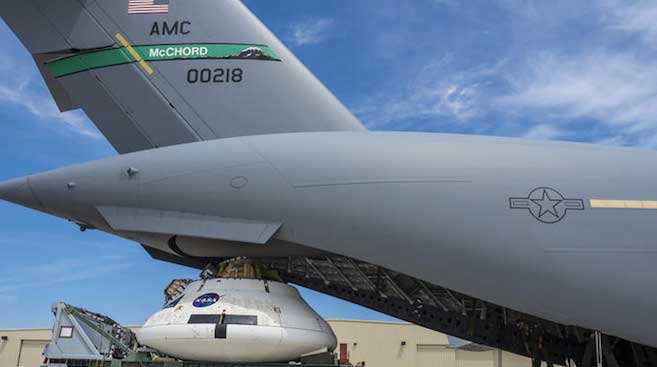
Failure means success
Michelle Parker, part of the designing parachute team said “We don’t want to develop a system that doesn’t have any fail safe. We don’t want to develop a system that if anything goes wrong we can’t recover from it.”
When it comes to space missions, NASA is the top leader, and they won’t miss any detail, specially when it is about Mars every part of this test was well planned and also documented. The Orion Spacecraft has been outfitted with dozens of HD cameras, and their goal is to determine what went wrong if anything does go wrong. The mock capsule it’s more prepared than ever, if everything goes as expected the space vehicle will be heading to space by 2021.
The drop test will continue undergo eight more airdrops that will begin in 2016 and spanning over the course of three years. When this phase ends, the spacecraft will be more than ready to go into space.
How does it look?
Right now it looks like this.
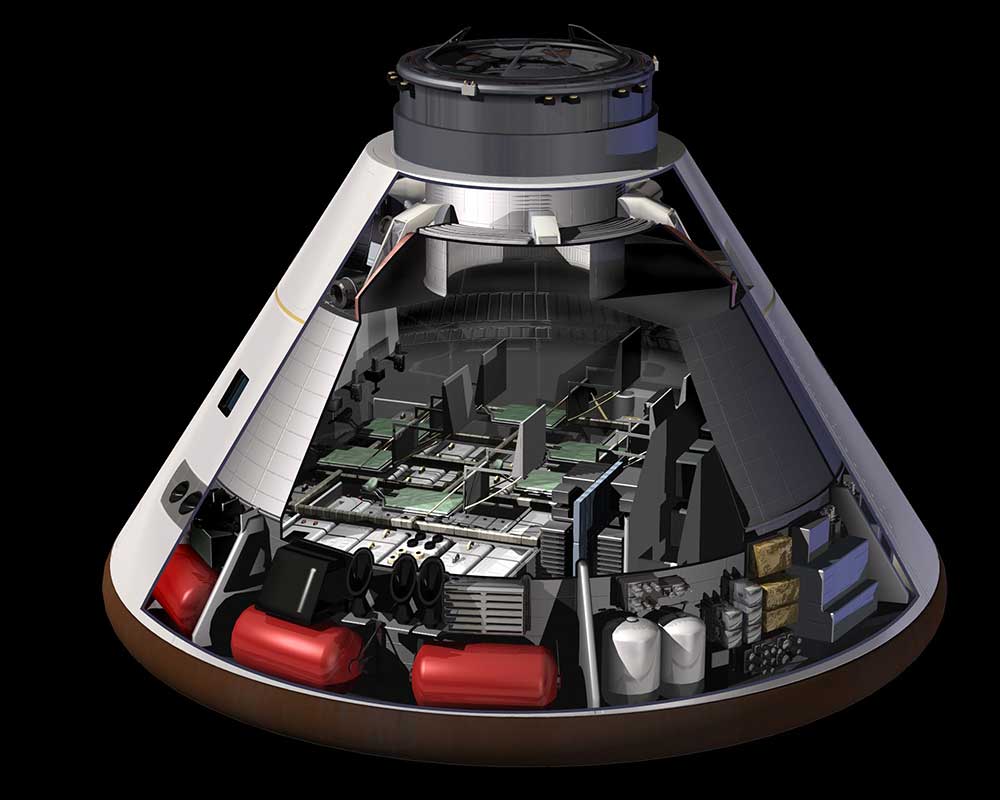
An this:
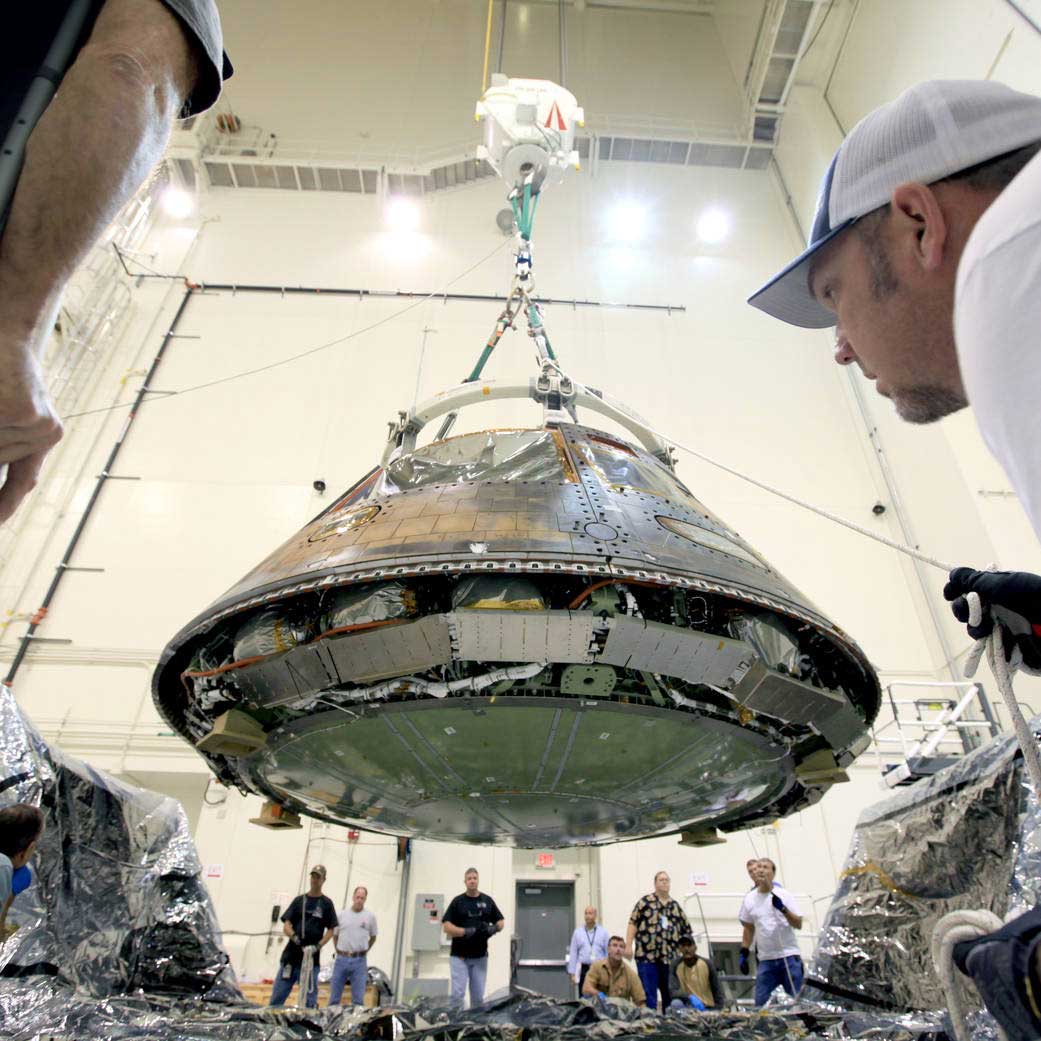
In the future it might look like this.
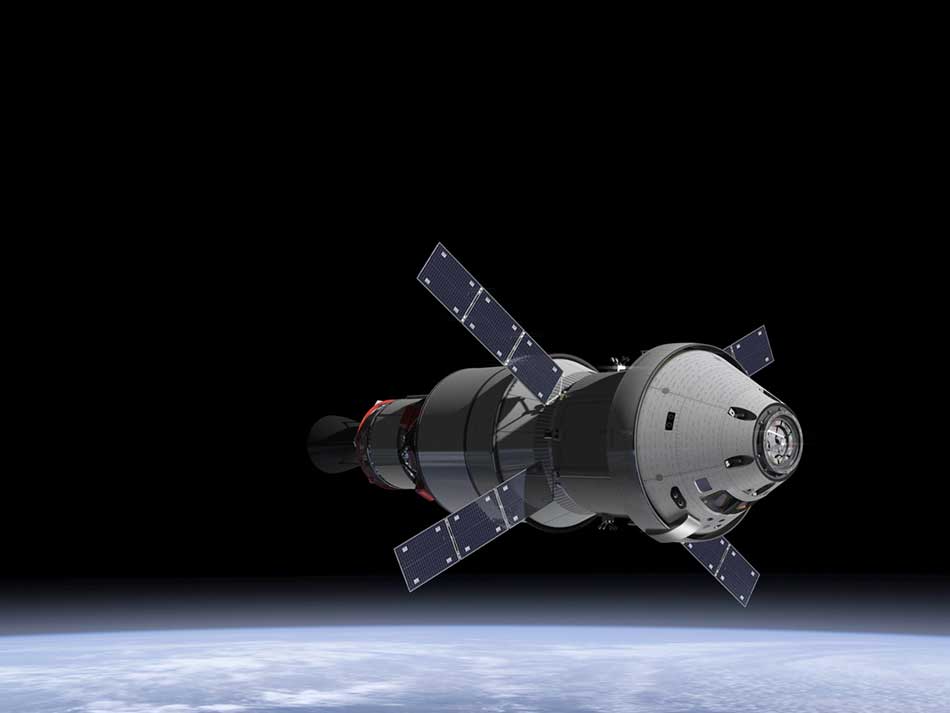
Source: The Verge
